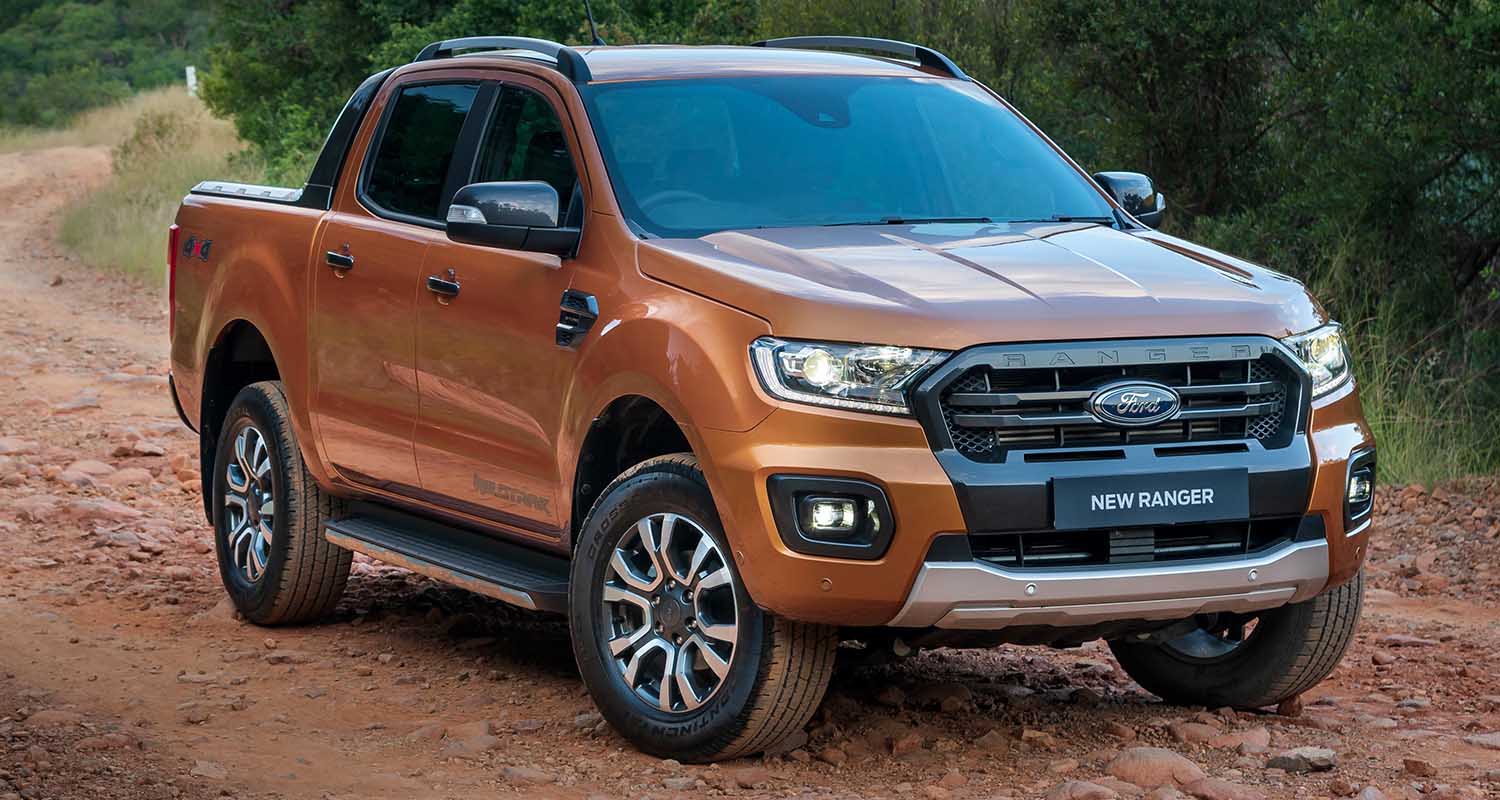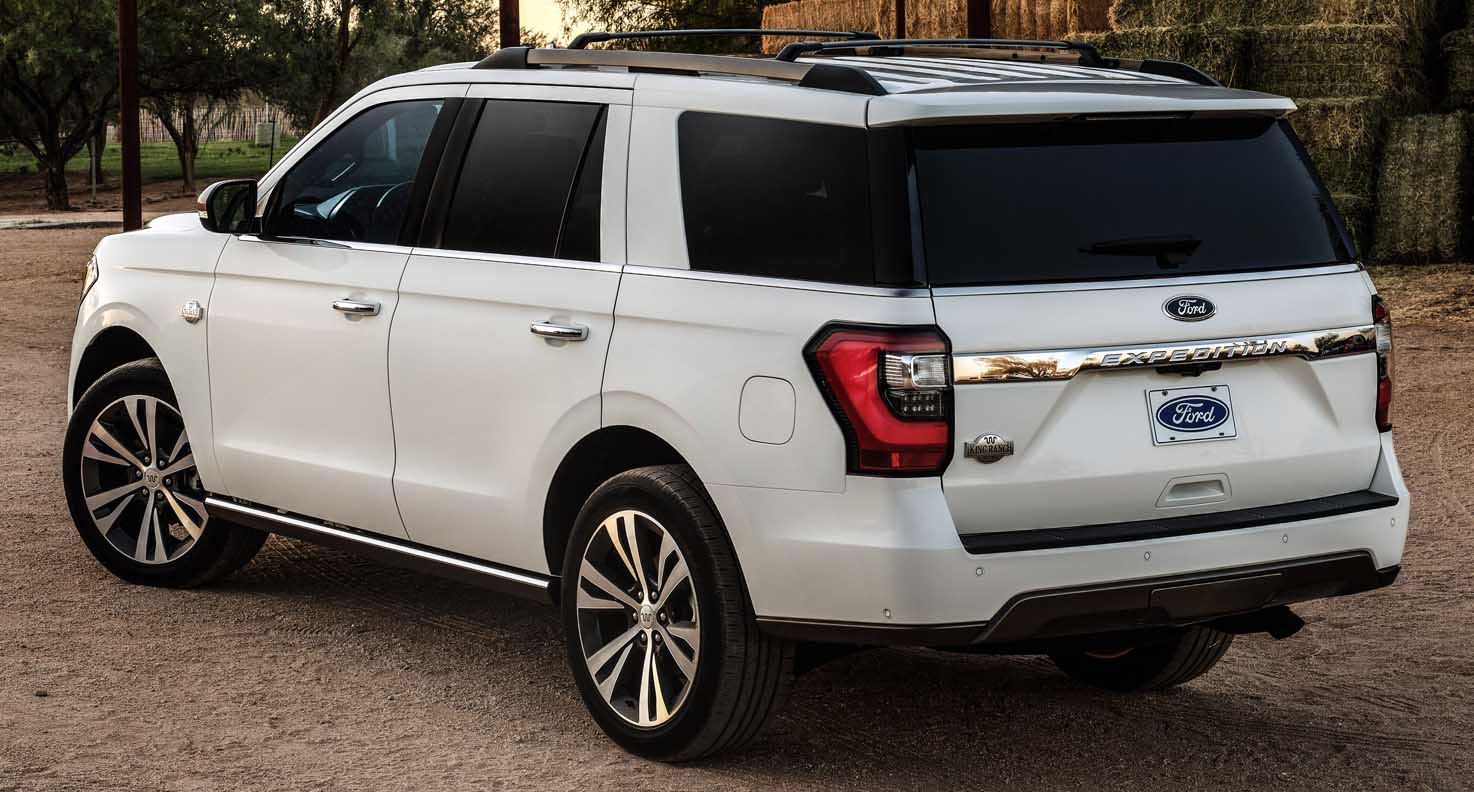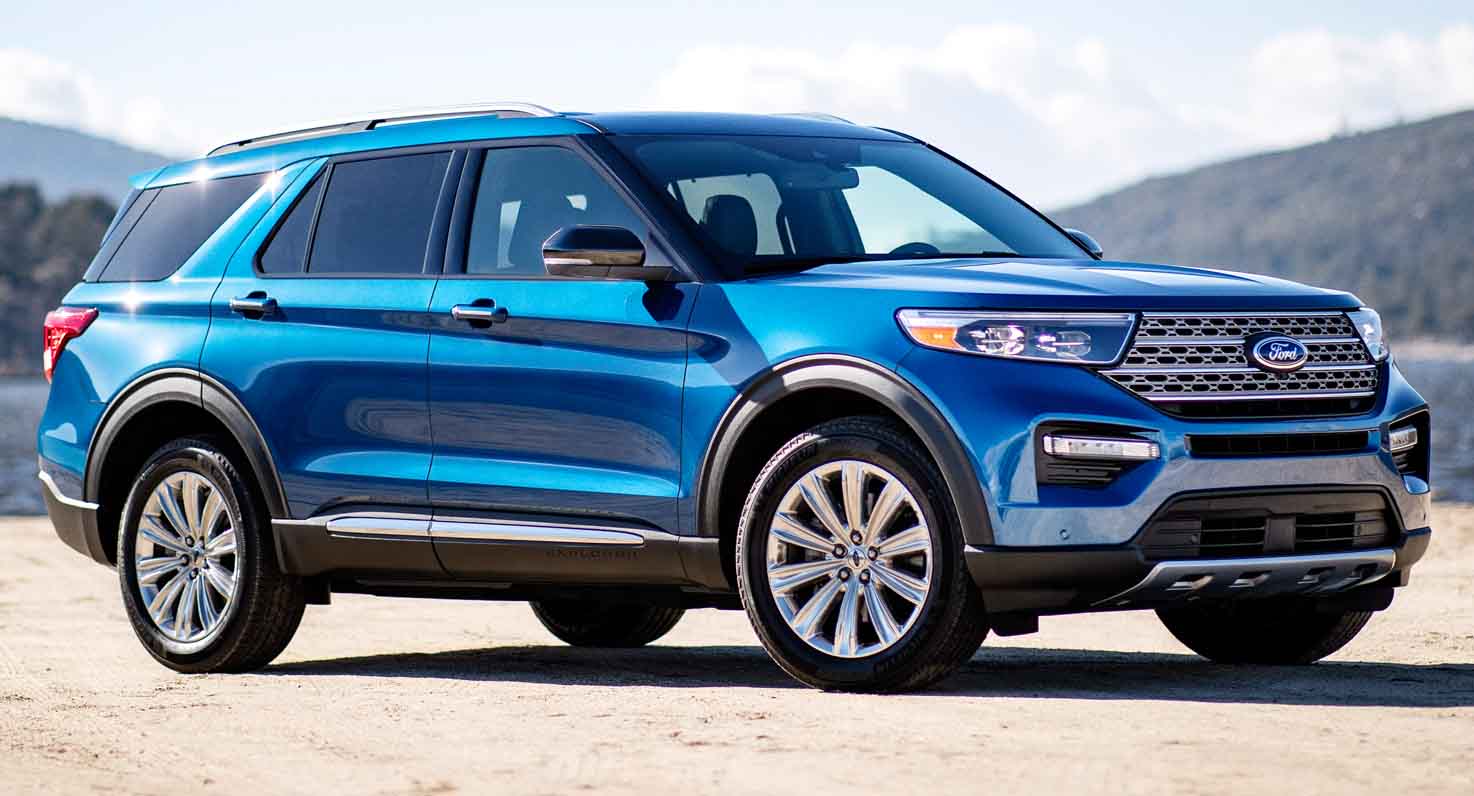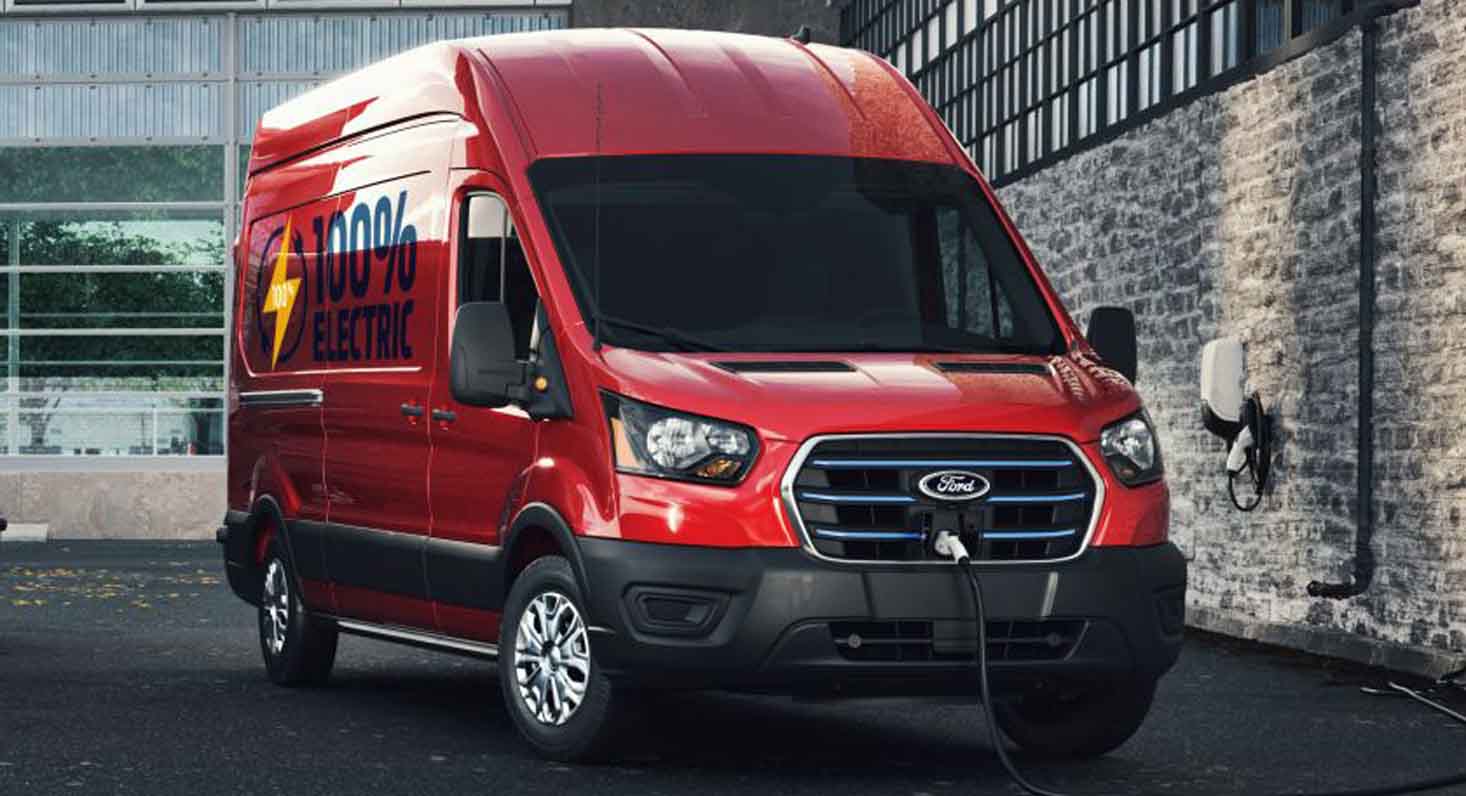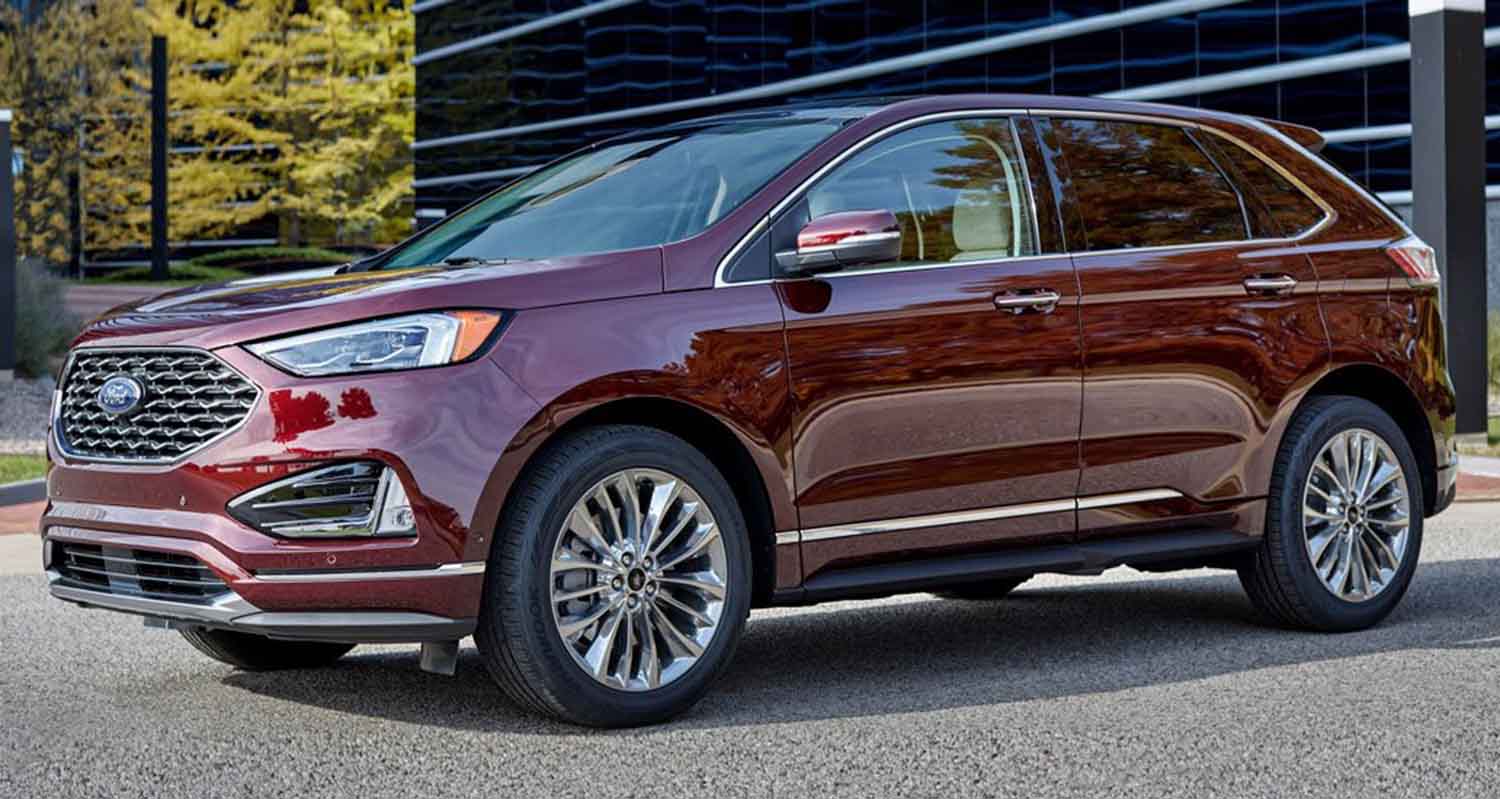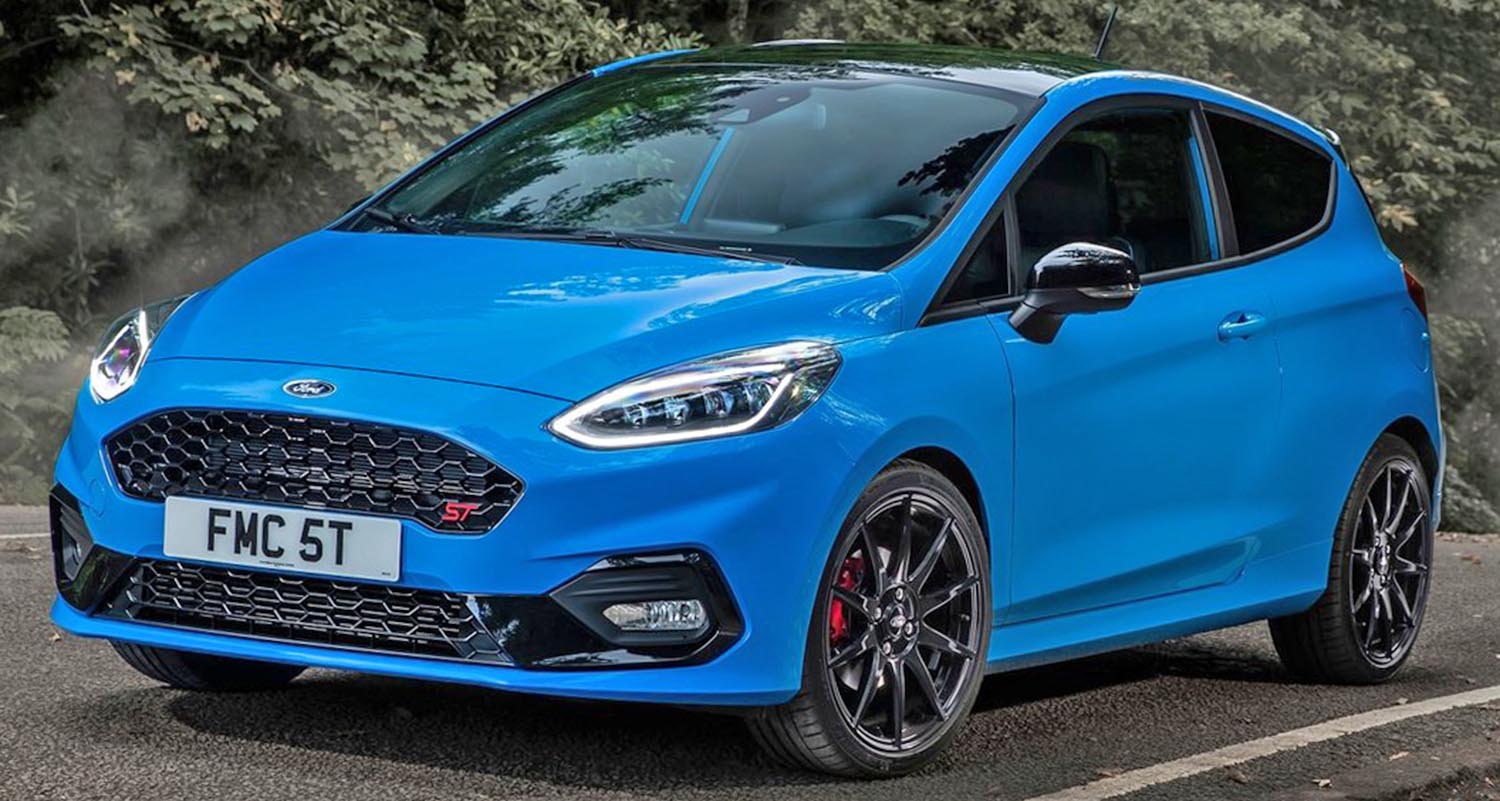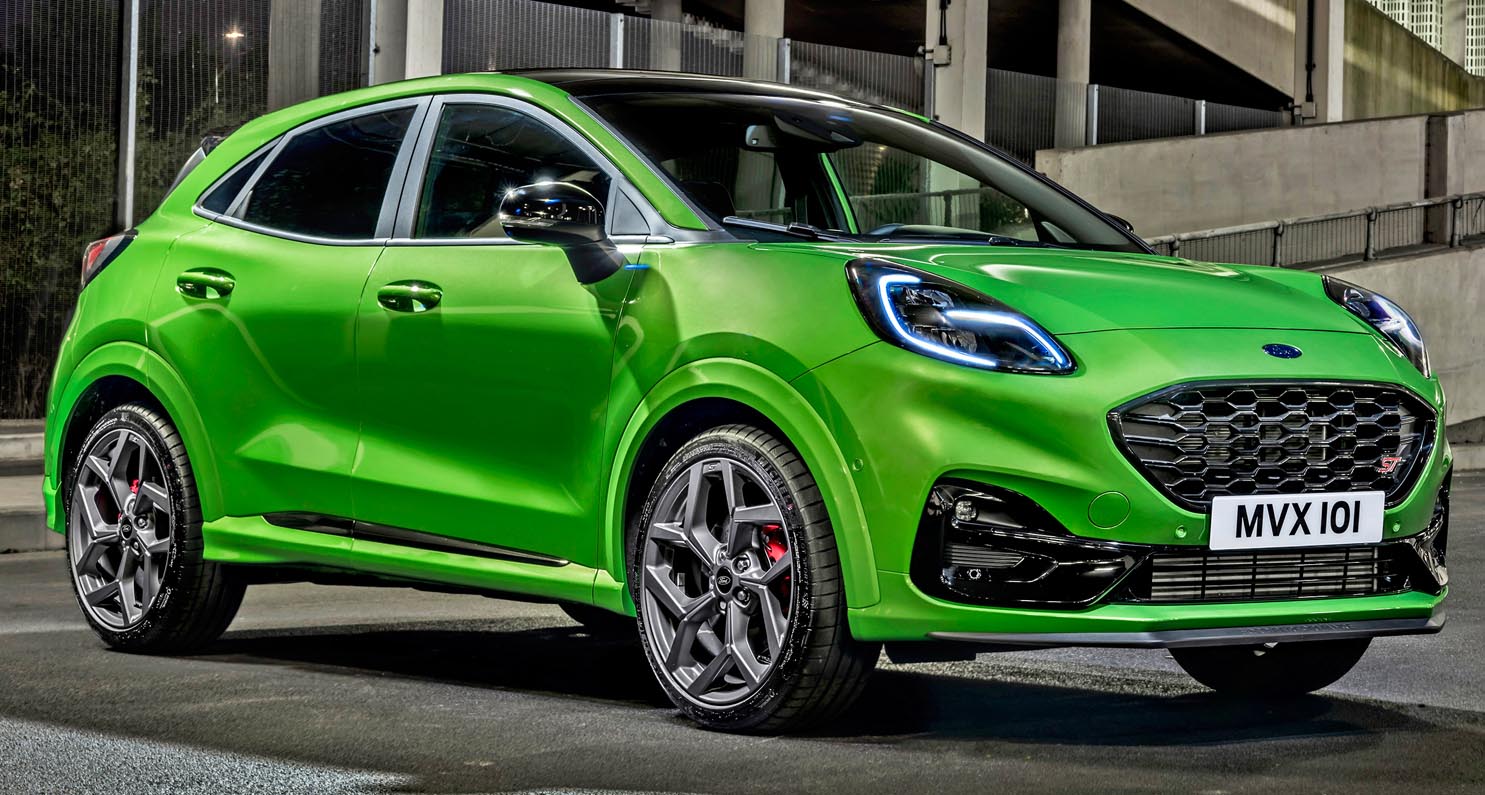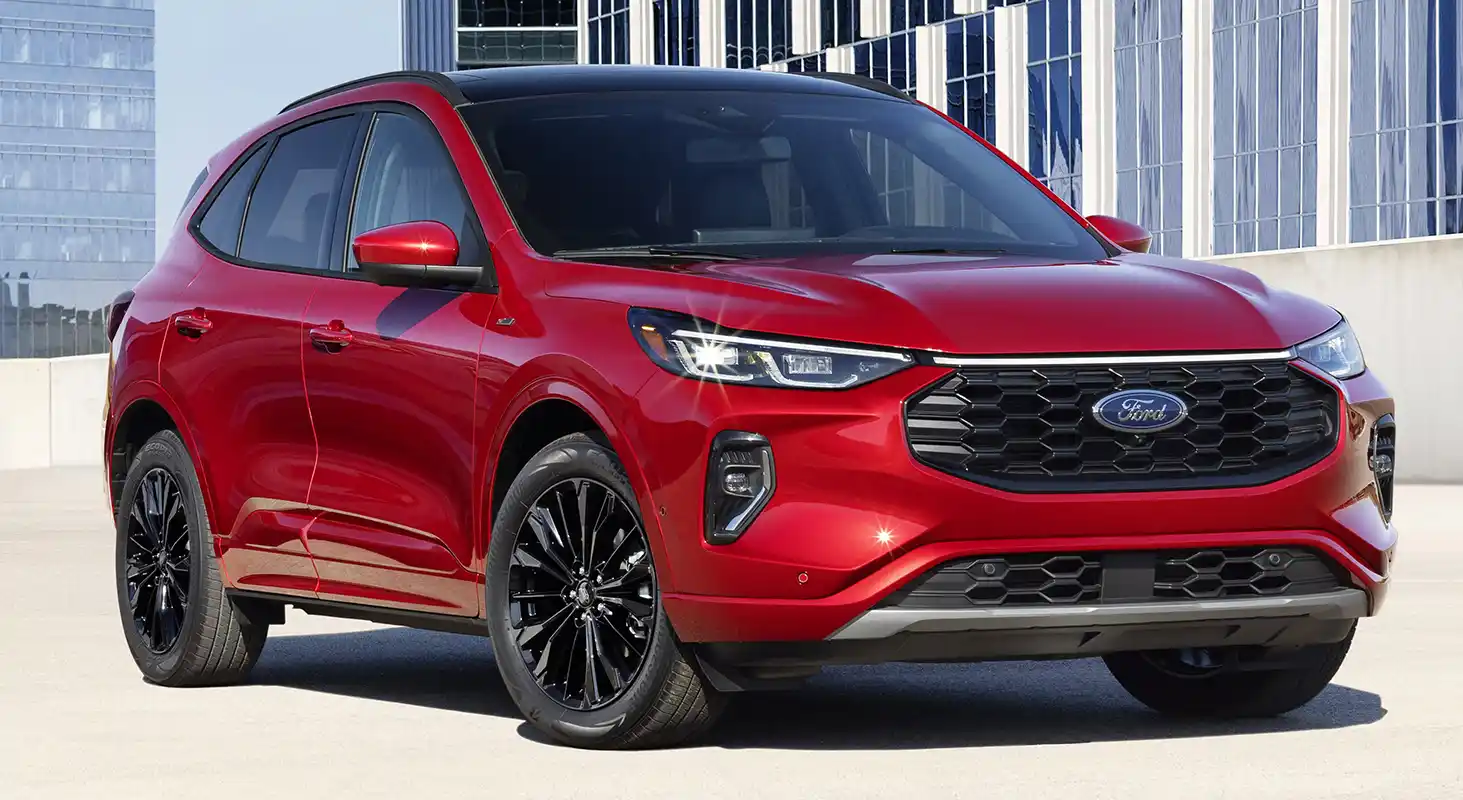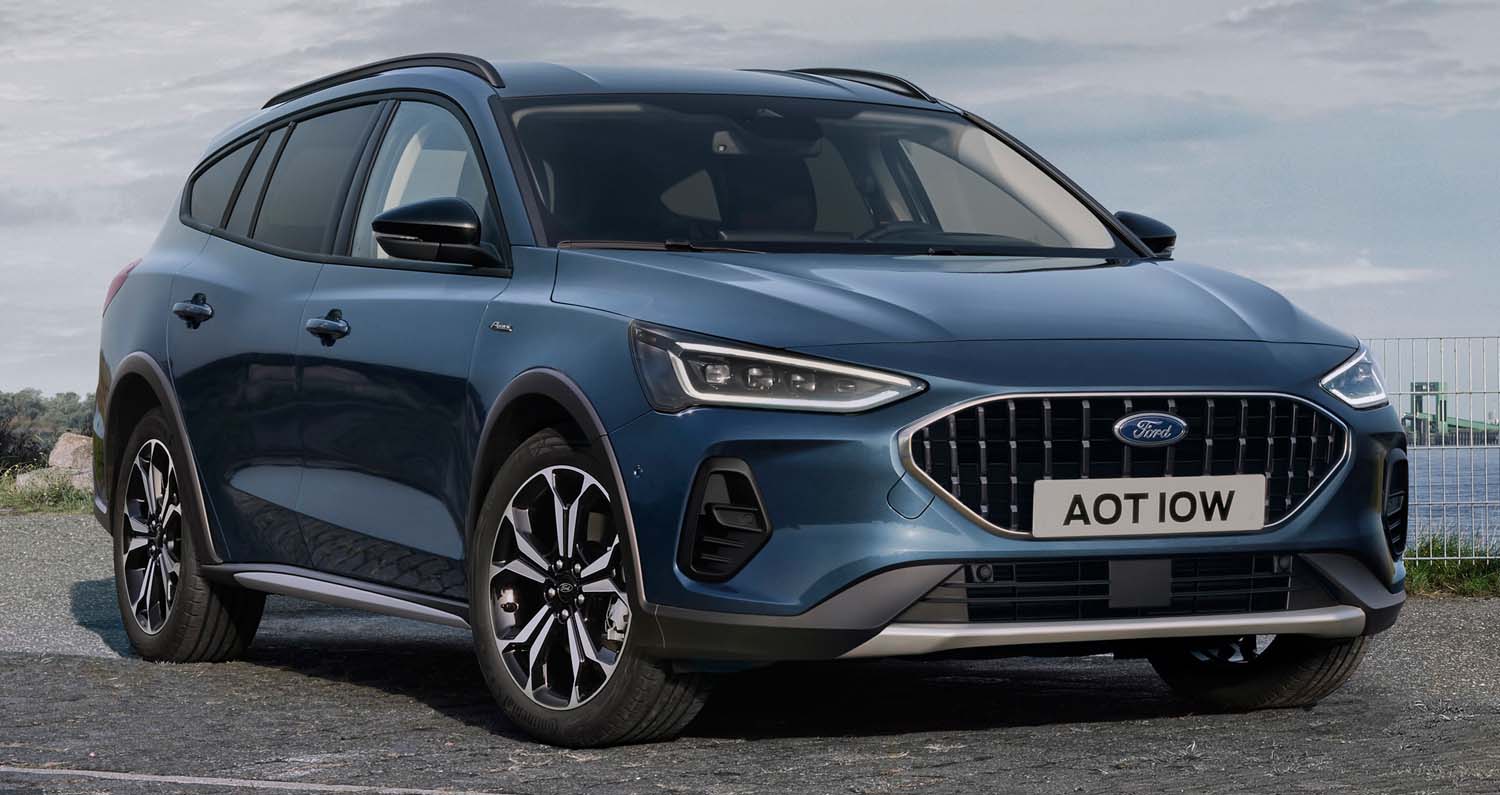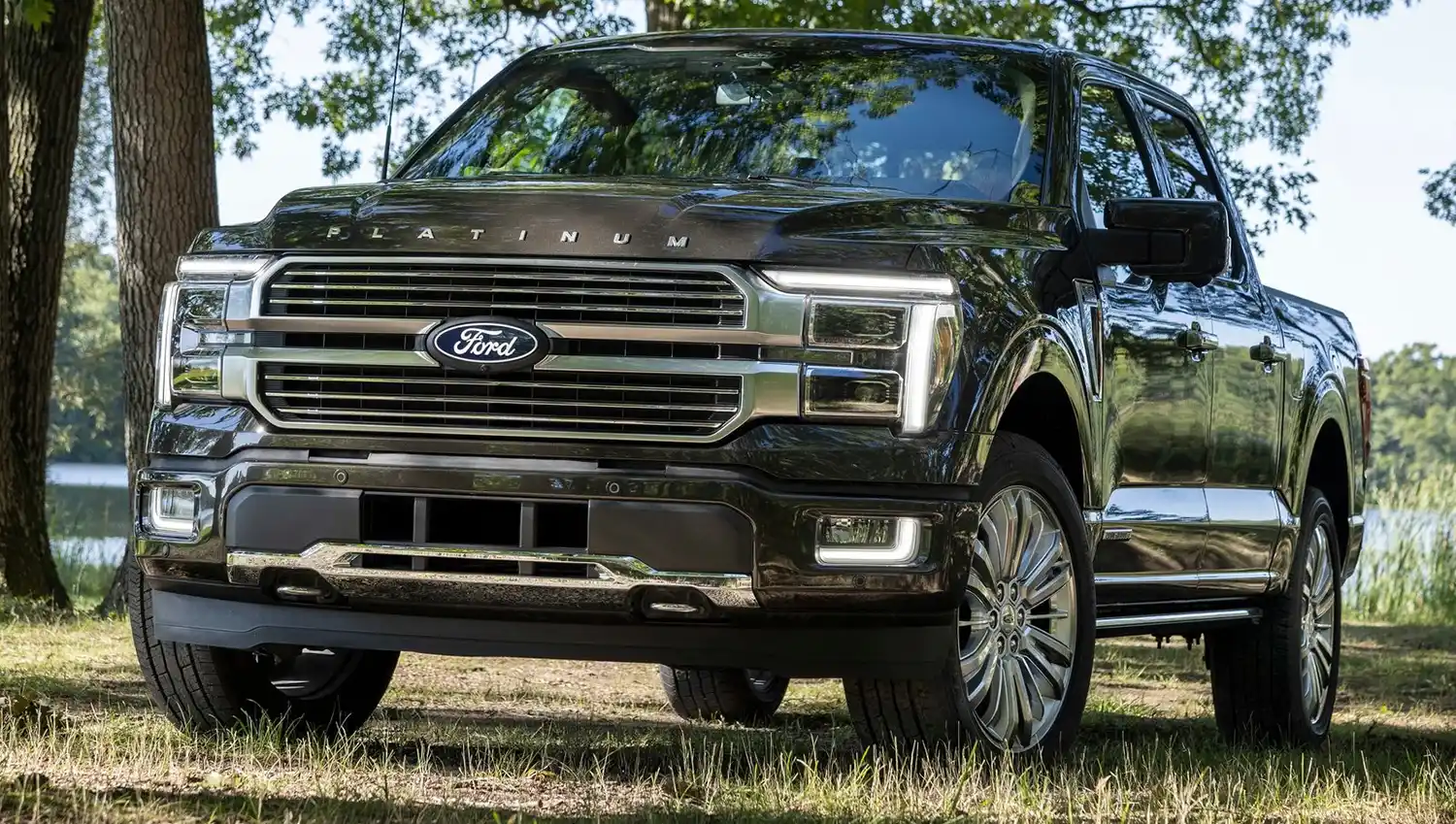
Ford will help provide drivers of connected vehicles across multiple brands with advance warning of potentially dangerous driving conditions on the road ahead, as part of a landmark road safety data sharing agreement.
Local Hazard Information, introduced with the new Ford Puma in early 2020 and now being enabled on newly built Fords including the all-new Escape, can already warn drivers of road safety dangers that might be around the corner.
With the new agreement, vehicles from other manufacturers will now be able to identify and share information about hazards they encounter, together helping improve road safety by enabling more drivers to prepare for dangers ahead.
“Connected vehicles help drivers to anticipate hazards that may be lurking just around the next bend,” said Peter Geffers, manager, Connected Vehicles, Ford of Europe.
“Road-safety data sharing ecosystems are more effective the more vehicles and telematics sources they include; extending the benefits of this technology to those who do not drive Ford cars represents a significant step forwards.”
Led by the European Commission-backed Data for Road Safety partnership, the agreement follows a 16-month proof of concept during which tens of millions of Safety Related Traffic Information (SRTI) messages – such as broken-down vehicles, slippery roads or reduced visibility – were exchanged between different vehicles. Partners alongside Ford include BMW, Mercedes-Benz and Volvo, with the data-sharing ecosystem now open to new participants.
Anonymised data from the vehicle, such as use of fog lights, emergency braking or airbag activation, is computed onboard to determine the presence and location of potential hazards.
These warning messages are sent, using the FordPass Connect modem, to a secure Ford server from where the data is distributed to SRTI partners who collate hazard messages from various sources and then share with multiple vehicle brands.
Any relevant SRTI messages are immediately sent – again, using cellular communications – to vehicles in the vicinity of the potential hazard and appear on the driver’s dashboard display. As well as warning other drivers, the information can be used to alert emergency services, providing accurate location data in seconds to help accelerate assistance.
“The Data for Road Safety ecosystem is a public-private partnership that delivers enriched data to improve road safety in a very tangible way, so it is a win-win situation for society as a whole,” said Joost Vantomme, chairman of the new SRTI ecosystem. “The vehicle manufacturers participating in the project are willing to share data on a daily basis, and will continue their endeavours to contribute to the SRTI data ecosystem, together with all partners.”
